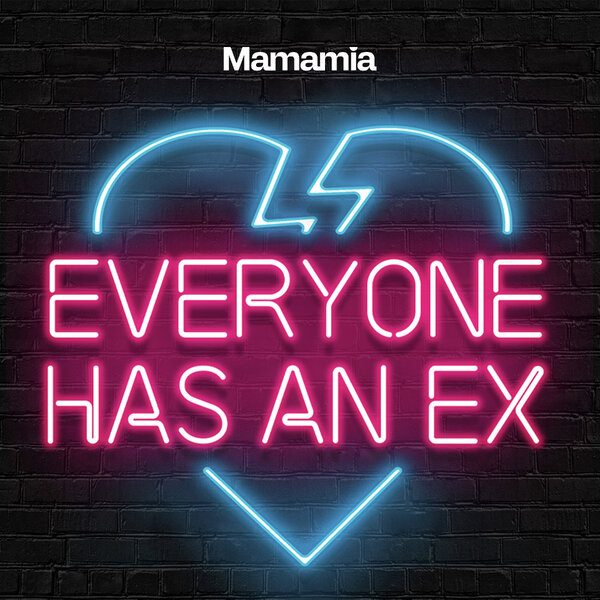During the first year of life your baby responds best to a warm, loving environment. Holding your baby and responding to their cries are essential in building a strong, healthy bond. Remember, you can’t “spoil” a baby.
Use these guidelines to offer age-appropriate activities for your baby. Remember, these are just guidelines, and a healthy child may achieve a milestone later than average. If your child is lagging in several areas, contact your pediatrician for advice.
By the end of month one a baby typically:
- Lifts head for short periods of time
- Moves head from side to side
- Prefers the human face to other shapes
- Makes jerky, arm movements
- Brings hands to face
- Has strong reflex movements
- Can focus on items 8 to 12 inches away
- May turn towards familiar sounds or voices
- Responds to loud sounds
- Blinks at bright lights
- Smiles
- Tracks objects with his eyes
- Makes noises other than crying
- May repeat vowel noises, such as "ah" or "ooh"
By the end of month three a baby typically:
- Raises head and chest when put on tummy
- Lifts head up 45 degrees
- Kicks and straightens legs when on back
- Open and shuts hands
- Pushes down with legs when placed on a hard surface
- Reaches for dangling objects
- Grasps and shakes hand toys
- Tracks moving objects
- Begins to imitate sounds
- Recognizes familiar objects and people, even at a distance
- Begins to develop a social smile
- Begins to develop hand-eye coordination
- Brings both hands together
- Interested in circular and spiral patterns
- Kicks legs energetically
- Holds head up with control
By the end of month four a baby typically:
- May sleep about six hours at night before waking (total sleep typically 14 to 17 hours)
- Rolls over (usually stomach to back is first)
- Sits with support
- Lifts head up 90 degrees
- Can follow a moving object for a 180-degree arc
- Babbles and amuses self with new noises
- Responds to all colors and shades
- Explores objects with his mouth
- Recognizes a bottle or breast
- Communicates pain, fear, loneliness and discomfort through crying
- Responds to a rattle or bell
- Pays attention to small objects
- Experiments with the concept of cause and effect
- Can see across the room
- Begins to use hands in a raking fashion to bring toys near
- Begins teething process
By the end of month six a baby typically:
- Keeps head level when pulled to sitting position
- Makes some vowel-consonant sounds
- Sits by self with minimal support
- Opens mouth for spoon
- Reaches for and grabs objects
- Rolls over and back
- Drinks from a cup with help
- Can hold bottle
- Copies some facial expressions
- Makes two-syllable sounds
- Can self-feed some finger foods
- Makes wet razzing sounds
- Turns in the direction of a voice
- Plays peekaboo
- Imitates many sounds
- Distinguishes emotions by tone of voice
By the end of month eight a baby typically:
- Chews on objects
- Reaches for utensils when being fed
- Turns head away when finished eating
- May sleep between 11 and 13 hours a night; takes 2 to 3 naps (may vary)
- Rolls all the way around
- Sits unsupported
- Gets on arms and knees in crawling position
- Has specific cries for various needs
- Babbles enthusiastically
- Tests gravity by dropping objects over edge of high chair
- Responds to own name
- Has different reactions for different family members
- Shows some anxiety when removed from parent
- Reaches for toys
- Drops objects and then looks for them
- Becomes interested in grabbing the spoon during feedings
- Goes from tummy to sitting by self
- Picks up tiny objects
- Begins to identify self in a mirror's reflection
By the end of month ten a baby typically:
- Understands the concept of object permanence
- Gets upset if toy is removed
- Transfers object from hand to hand
- Stands holding onto someone
- Pulls to standing
- Says "ma-ma" and "da-da" discriminately
- Understands "no"
- Claps hands
- Waves bye-bye
By the end of month twelve a baby typically:
- May take one to two naps daily
- Triples birth weight and is 29 to 32 inches long
- Bangs two cubes together
- Puts objects into containers and then takes them out
- Voluntarily lets objects go
- Shakes head "no"
- Has fun opening and closing cabinet doors
- Crawls well
- "Cruises" furniture
- Walks with adult help
- Says "ma-ma" and "da-da"
- "Dances" to music
- Interested in books and may identify some things
- May understand some simple commands
- Fearful of strangers
- Shares toys but wants them back
- May form attachment to an item
- Pushes away what he doesn't want
- Prefers to push, pull and dump items
- Pulls off hat and socks
- Understands use of certain objects
- Tests parental responses to behavior
- Extends arm or leg when getting dressed
- Identifies self in mirror
What development milestones are you looking forward to the most?





























































































